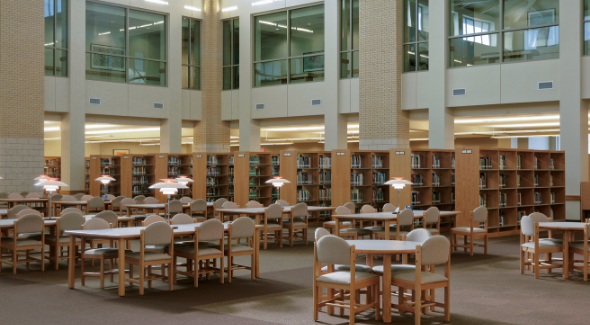It’s hard to imagine that some good might come out of all this. Obviously, we are all doing what needs to be done in order to keep as many people as we can healthy during the COVID-19 pandemic. It’s hard to look at this from a larger perspective while we’re in it, but if we can observe what’s really working and what specific challenges we can address going forward, we may be able to use that information toward positive outcomes in the future.
Leaders in higher education have undoubtedly learned a couple of things during this crisis.
We’re guessing some of those things are:
-
Many, if not most of my faculty and staff are focused on the success of our students and our institution - I need to communicate my appreciation and empower them to do more
-
Some of our tools are woefully outdated and need to be updated immediately
-
There are new tools we’ve discovered to help us to communicate with students more effectively, even when this crisis is over
-
I need to cut costs because we’re going to feel this impact for years to come
Everyone is Stepping Up
Most colleges have transitioned to a complete online environment. To do this, they had two, maybe three weeks to prepare. Every faculty member, Dean, and support service team had to learn how to do things differently, and quickly. Teleworkers may be in their rattiest t-shirts, but they are getting the job done, despite everything. People are clinging to whatever they can call normal in their new routines. Leaders in higher ed need to acknowledge those extraordinary efforts - often. What’s more, they need to notice what’s actually possible when people truly ARE ‘in it together’ and try to foster that connection when life settles into the new normal.
There’s No Real Going Back
For colleges who weren’t offering online classes or who were not delivering instruction effectively online, this has been an enormous wake-up call. Now everyone, from pre-k through post-doc knows it can be done. Students may not like it, faculty may have initially resisted, but the cat is out of the universal bag, and it will probably not be easy to stuff it all the way back in. Online classes are much less expensive for colleges to offer. Online classes were already popular; they are simply more convenient for some students. If colleges use this time to gather data and figure out how to make their online options more effective and more personal - and how to help students be successful - they can quickly capture a larger market share once we are on the other side of this.
COVID-19 has fundamentally changed the way we deliver instruction. During this time, some institutions will have learned how to do it better. Right now, those leaders are monitoring outcomes, engaging their faculty to see what works and what does not, and exploring tools to make the online learning experience better for all.
Use the Tools
In the rush to get ready for online-only instruction, colleges and universities green-lighted tools to help stay connected. They’re texting more, using live chat, having their employees split shifts to cover more hours, and discovering more about the online habits of their students. They’re also finding and eliminating roadblocks to enrollment, to support services, to financial aid.
Why did these tools go unused before? Why did it take a pandemic to put them to work? Necessity is the mother of invention, or maybe in 2020, it’s implementation. If these new tools are working now, imagine what they could do when schools are functioning ‘normally’.
Cutting Costs
Enrollment for Summer and Fall 2020 will look different for both universities and community colleges. Community colleges typically fare better when the economy is sluggish, but this economy is unlike any we’ve seen. So much of university life is ‘campus-life’. How will it endure in the age of social distancing? So much is uncertain.
Tough decisions will have to be made. Leaders should look at what everyone is doing now, how people have come out of the woodwork to assist other departments, and to help lighten the load. If cuts have to be made, leaders should take a long look at shared workloads, cross-training, and work cycles. What can be done to make more use of downtime? How can each role creatively contribute more to the overall mission of the college.
Build upon the culture that’s been forced into existence now to make positive changes in the future. Lessons learned in this crisis can carry forward and strengthen institutions for what’s next.




